By Lizzie Falconer; MPA student and IDSP16 fellow
It was 10 am and a small group of people had gathered outside Holland center. A motley crew: some in sweatpants and sneakers, others in suits and shined black shoes. Some wore knitted hats, others wore hijab. One woman was heavily pregnant, and another was pushing a baby stroller. Without context it would have been impossible to know who these people were and what they had in common. But it was us, the DPMI Monterey class of 2016, preparing for our group excursion to Point Lobos. We were excited, all of us had been cooped up in Casa Fuente 434 from 9-5:30 every day, learning and practicing development tools in small groups. The days were long and the work left my brain feeling gelatinous. I was excited for the excuse to be outside.
For many people, J-term meant traveling: airports, plane tickets, backpacks full of dry fit clothing. My fellow #IDSPers were headed all over the world. I felt a twinge of jealousy. I love to travel as much as the next MIIS student. But for me, my J-term plans were a little closer to home. Specifically, the greater Monterey County.
I stayed in Monterey for J-term because my first semester at MIIS almost killed me. I am not saying that in the hyperbolic, “I took 18 credits, never slept and lived off of espresso shots” kind of way. I actually did nearly die, in the form of water on the 101 that caused my car to hydroplane and flip into a ditch at sixty miles an hour. Three weeks later, I fell off my bike and tore ligaments in my shoulder. To quote the EMT who rushed over to render aid: “Maybe you should try walking.” Staying in Monterey for J-term was my way to heal. Give myself a chance to relax and recuperate. I would eschew the cross cultural learning opportunities for a later date, I thought to myself, when I felt healthier.
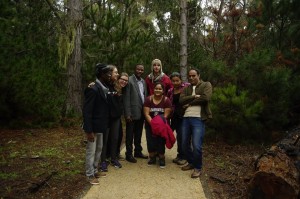
Once we were all gathered in front of Holland, we divided up among cars and drove to Point Lobos. The clouds hung low and heavy along the shoreline. Our group met inside the park, and then split up to hike different paths down to the shore. Everyone bounced around with excitement, chatting and joking, in five different languages.
The ocean was beautiful, the deep gray-blue it turns when a storm is coming. Pelicans soared above us, pausing midflight to dive bomb the waves. We stopped and took photos. Then ran to the next beautiful spot to take more photos. This was my fourth trip to Point Lobos, but being surrounded by so many people who were seeing it for the first time heightened my excitement. I ran around like a little kid, pointing out the marine life and plants to my fellow participants. Watching the waves, spending time with new friends, laughing at sea animals, this was the healing I needed.

Spoiler alert: You don’t need to leave the country to get an immersive learning experience. In fifteen days of DPMI, I talked with colleagues from Liberia, Pakistan, India, Afghanistan, Sudan, Ethiopia and Mexico. We shared meals and drinks and stories. I watched our group, once thirty-six individuals, come together to form our own community and culture. We had shared jokes, experience and a common vernacular. We hiked together, we laughed together, and we worked through arduous group projects together.
At the end of the three weeks I walked out of our classroom, Casa Fuente 434, like a weary traveler. Full of new ideas, fresh perspectives, and an appreciation for all of my colleagues who shared their stories with me.

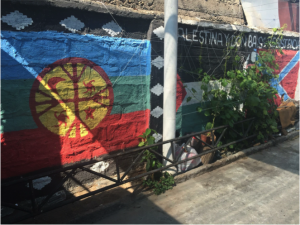
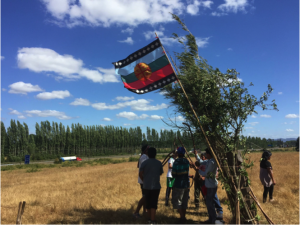
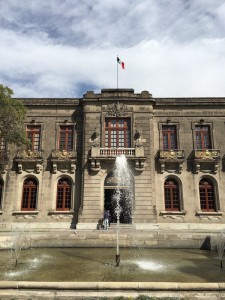
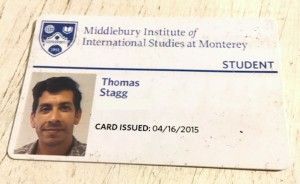
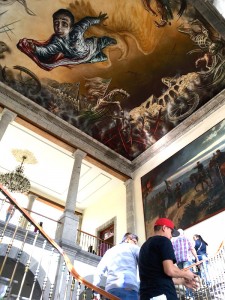
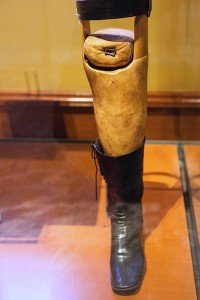
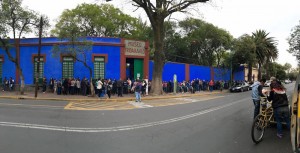
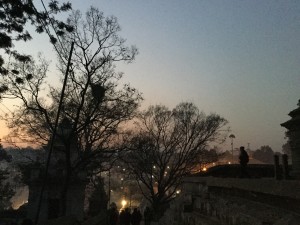

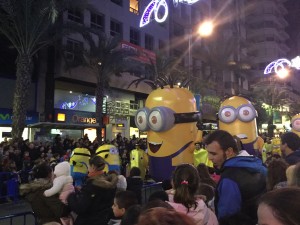 ortunity to observe the holiday Reyes Magos, or Three Kings Day, but little did I know the parade that awaited me.
ortunity to observe the holiday Reyes Magos, or Three Kings Day, but little did I know the parade that awaited me.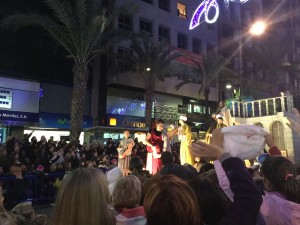
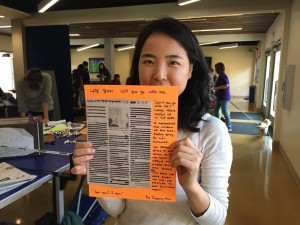

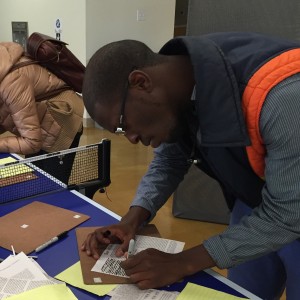
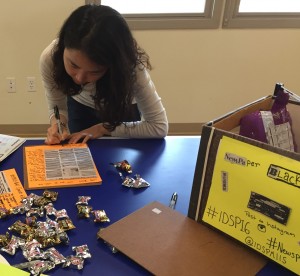

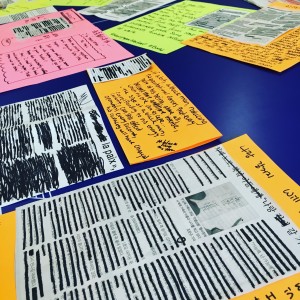
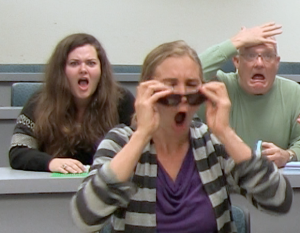
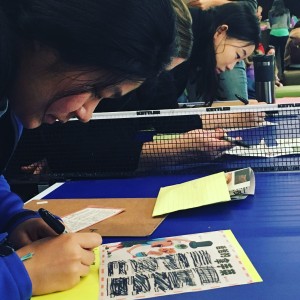
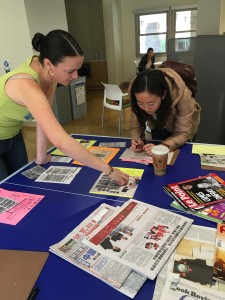
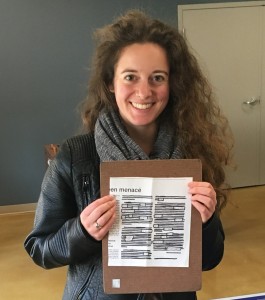

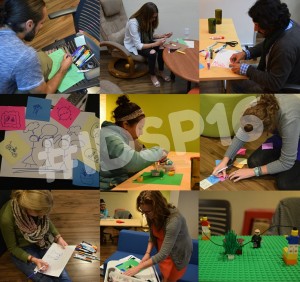
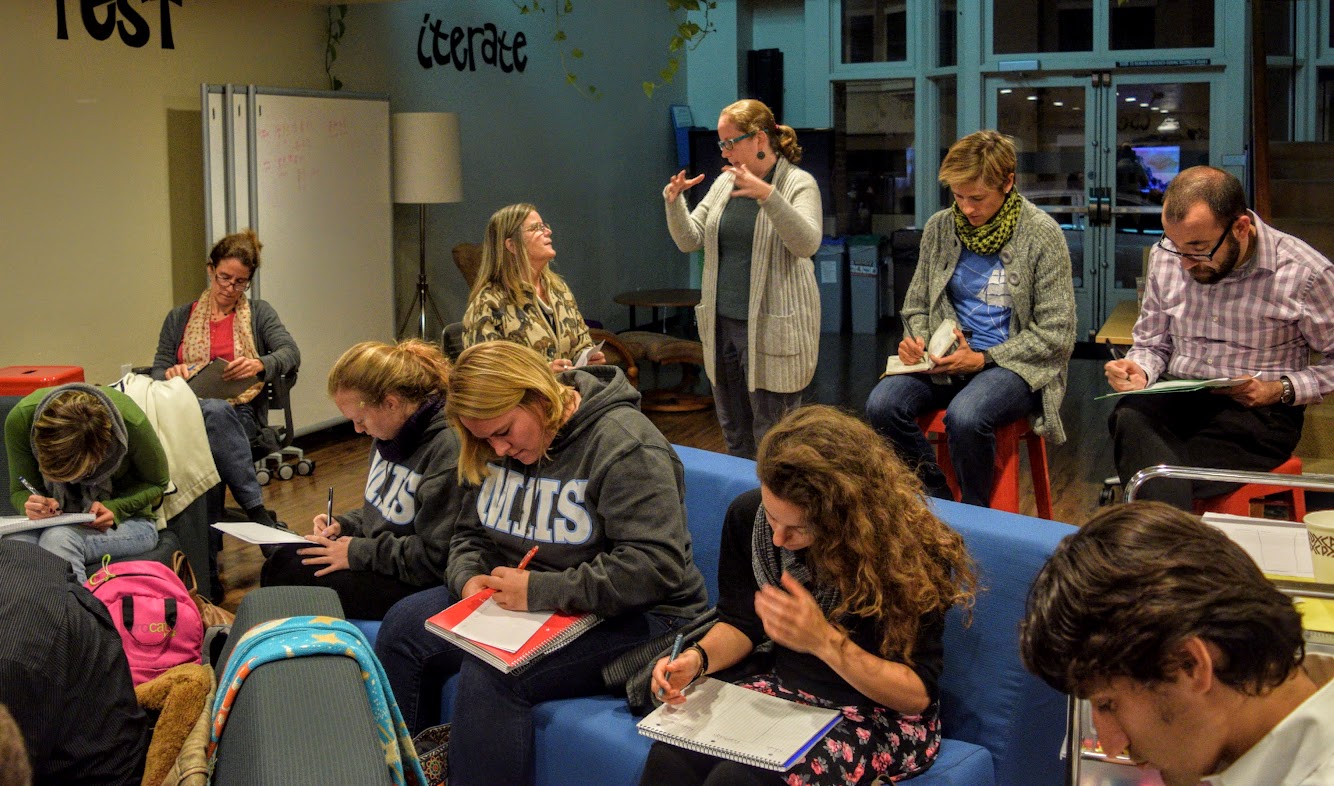
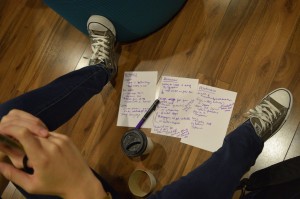
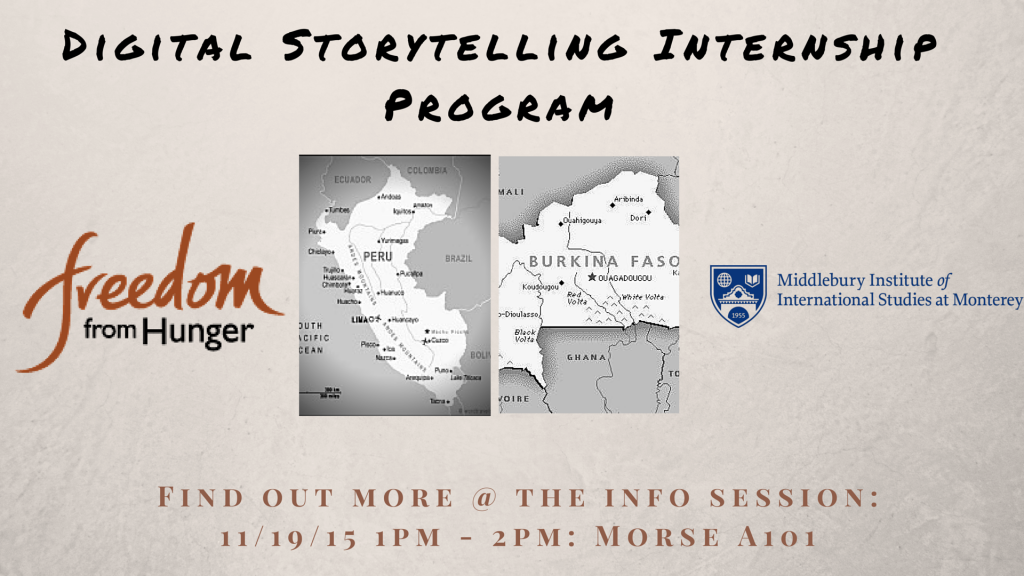


You must be logged in to post a comment.